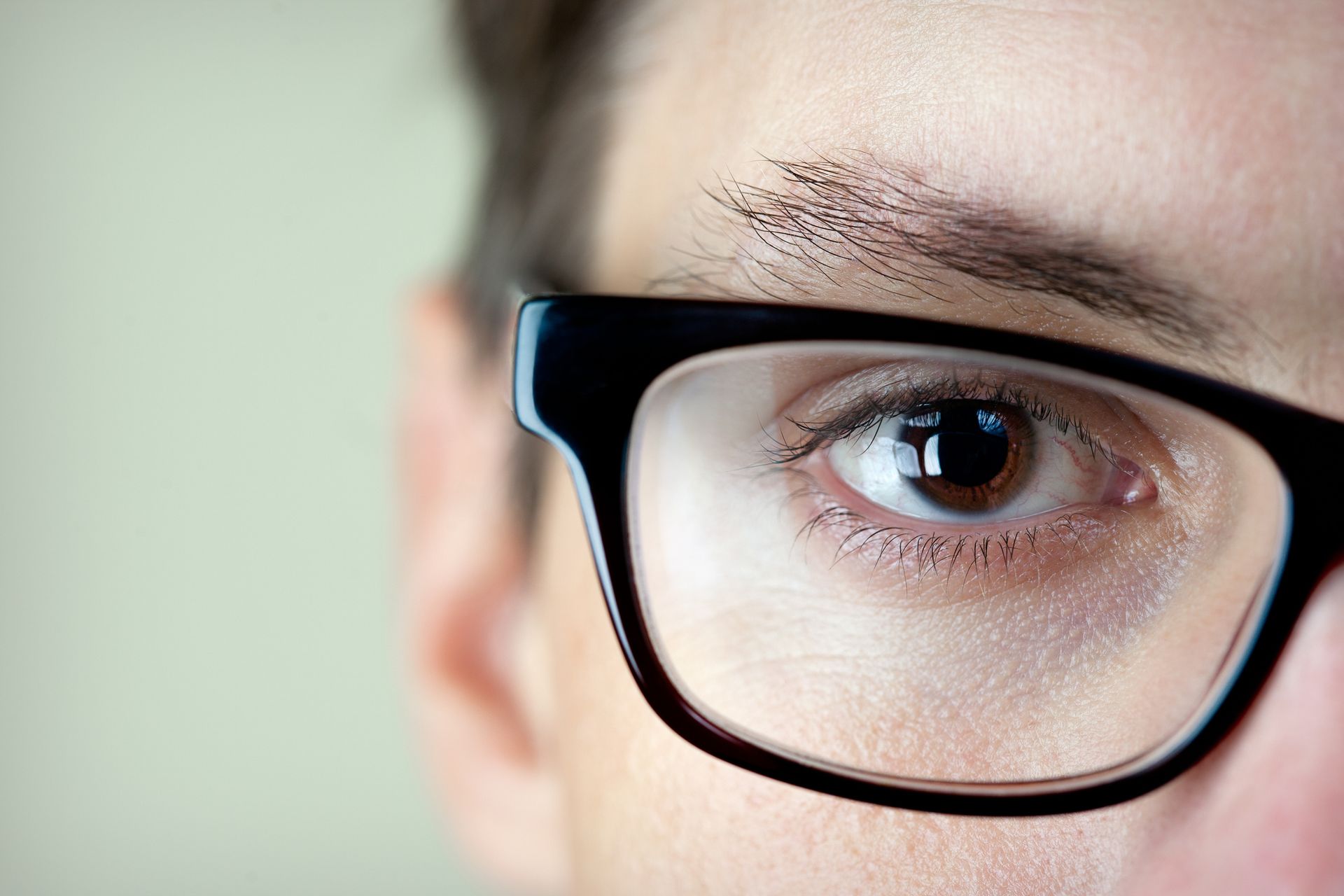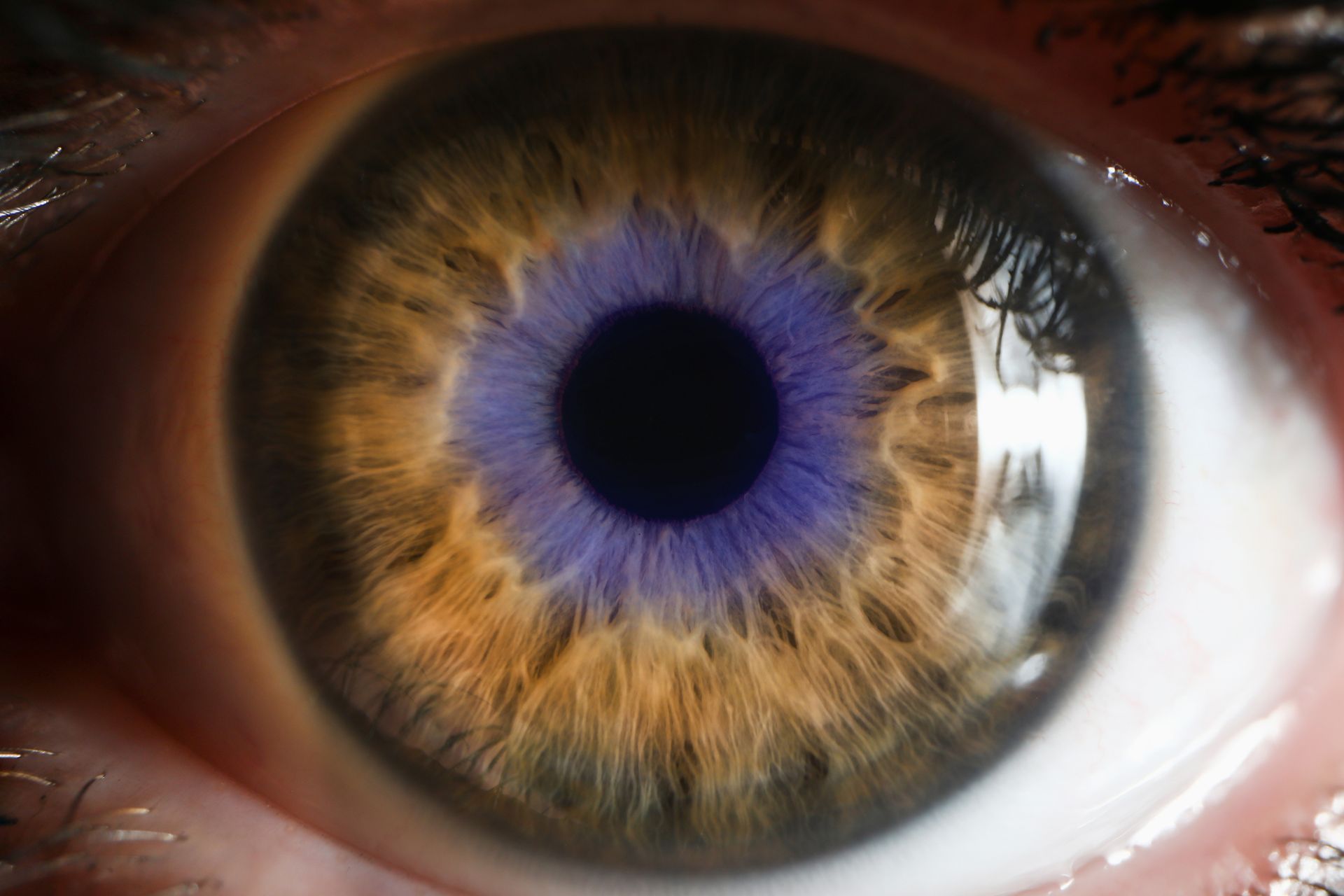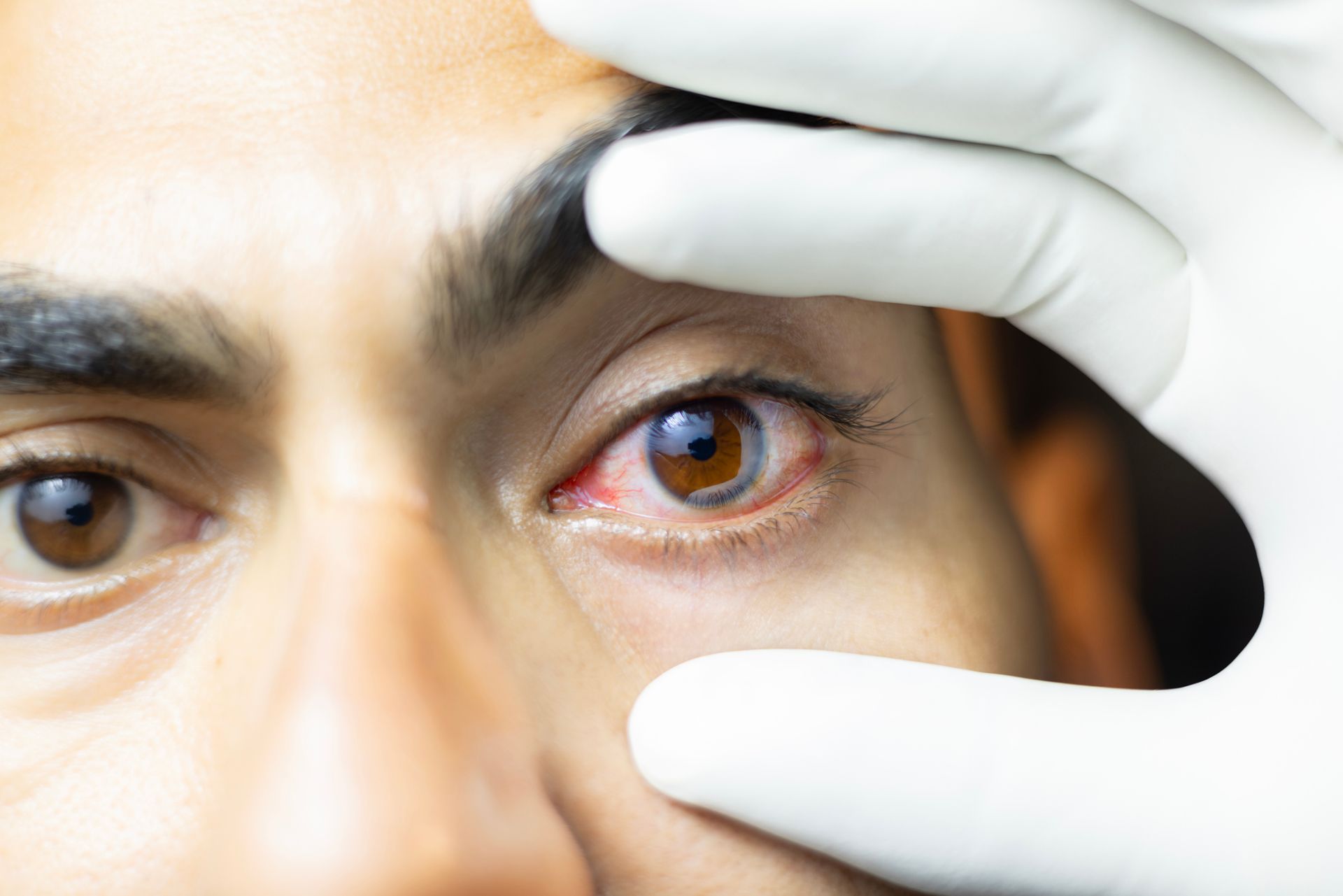Astigmatism Explained Simply

Astigmatism might sound a bit tricky, but it’s actually very common and very treatable! Essentially, it means the front of your eye isn’t perfectly round. Instead of being shaped like a soccer ball, it’s more like a rugby ball. This shape affects how light focuses inside your eye, leading to blurry or distorted vision.
What Are the Symptoms?
- Blurry or fuzzy vision at any distance
- Eye strain or headaches, especially with screens or reading
- Difficulty seeing clearly at night
Astigmatism often shows up alongside other refractive errors like short-sightedness (myopia) or long-sightedness (hyperopia), so it’s not unusual to have more than one vision issue going on at once.
How Is It Corrected?
- Glasses: The most straightforward and effective solution for most people.
- Contact lenses: Including toric lenses specifically designed for astigmatism.
- Orthokeratology (Ortho-K): Ideal for some cases, particularly for kids or active adults.
- Laser surgery: An option for some adults once vision stabilises.
Why Does It Matter?
Uncorrected astigmatism can make everyday tasks like reading, driving, or using a computer more difficult. Having the right prescription can significantly improve comfort, clarity, and overall quality of life.
Related Articles:
- What Is Myopia?
- Contact Lenses: What Are My Options?
- Ortho-K: Clear Vision While You Sleep
References:
- Read SA et al. The prevalence of astigmatism in Australian schoolchildren. Clinical and Experimental Optometry. 2007.
- Gwiazda J. Astigmatism and its role in early refractive development. Optometry and Vision Science. 2010.
- Optometry Australia. Vision Correction Guidelines. 2023

The New Invisible Hearing Solution: Nuance Audio - now available at Vision Michael Hare Optometrists










